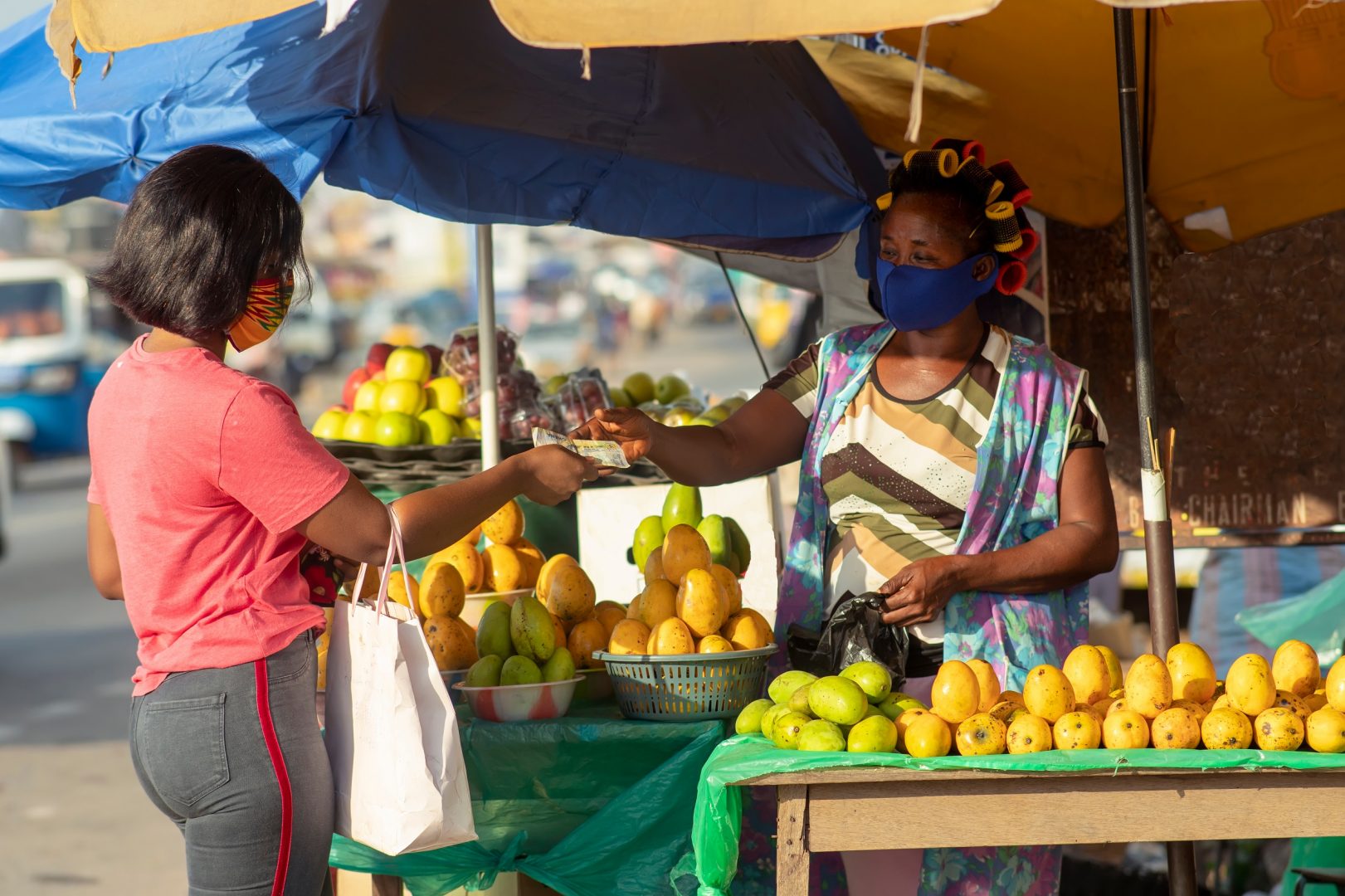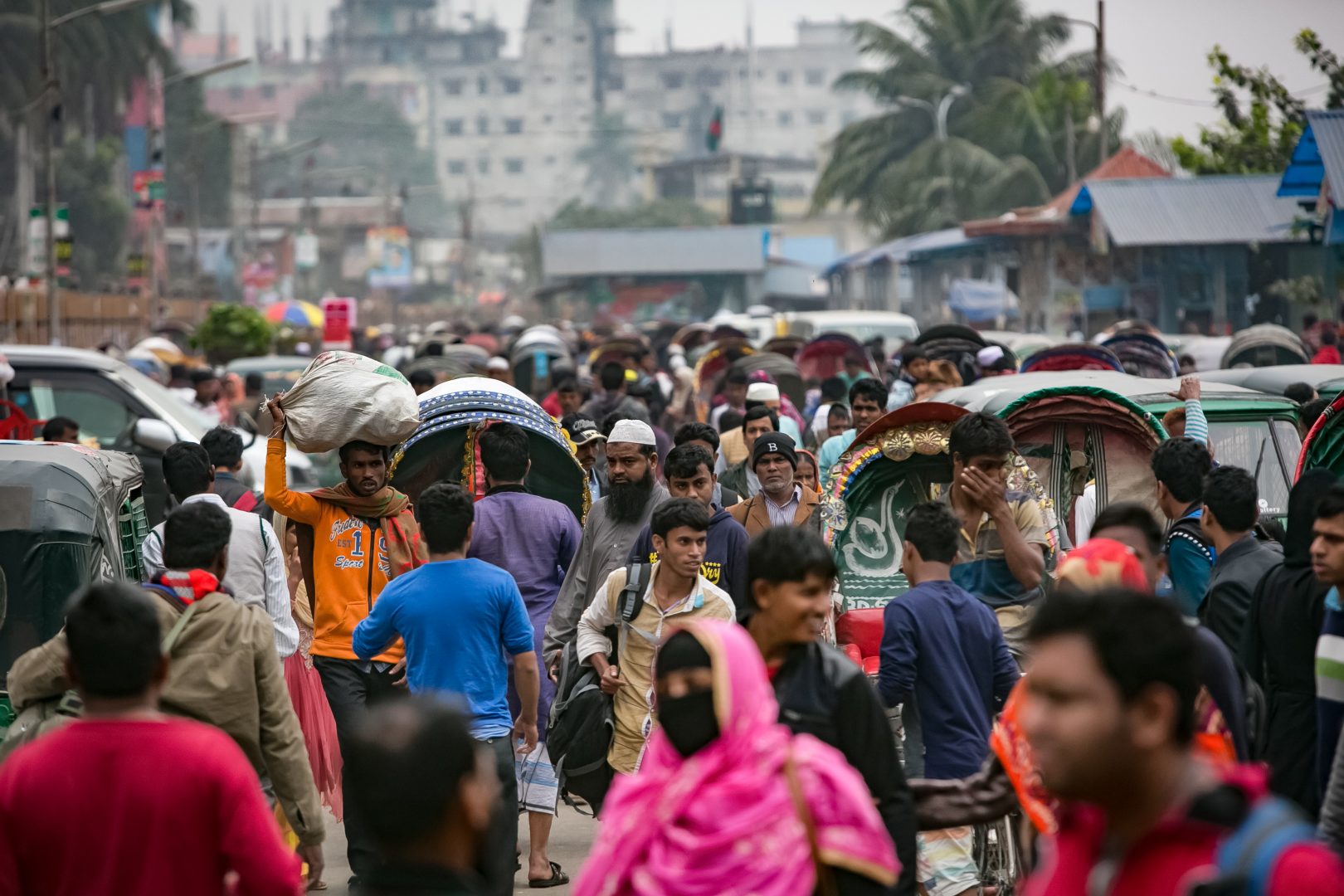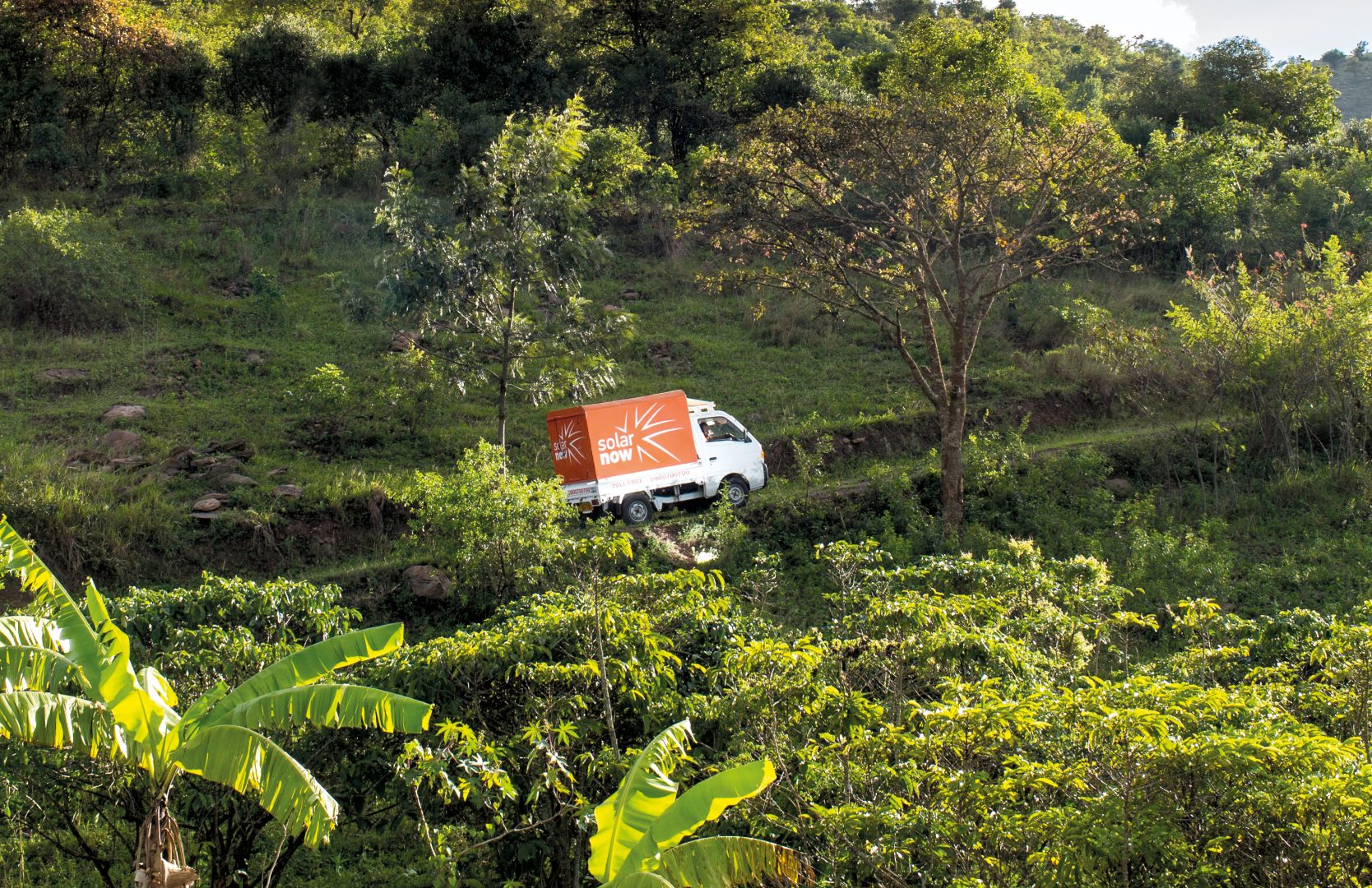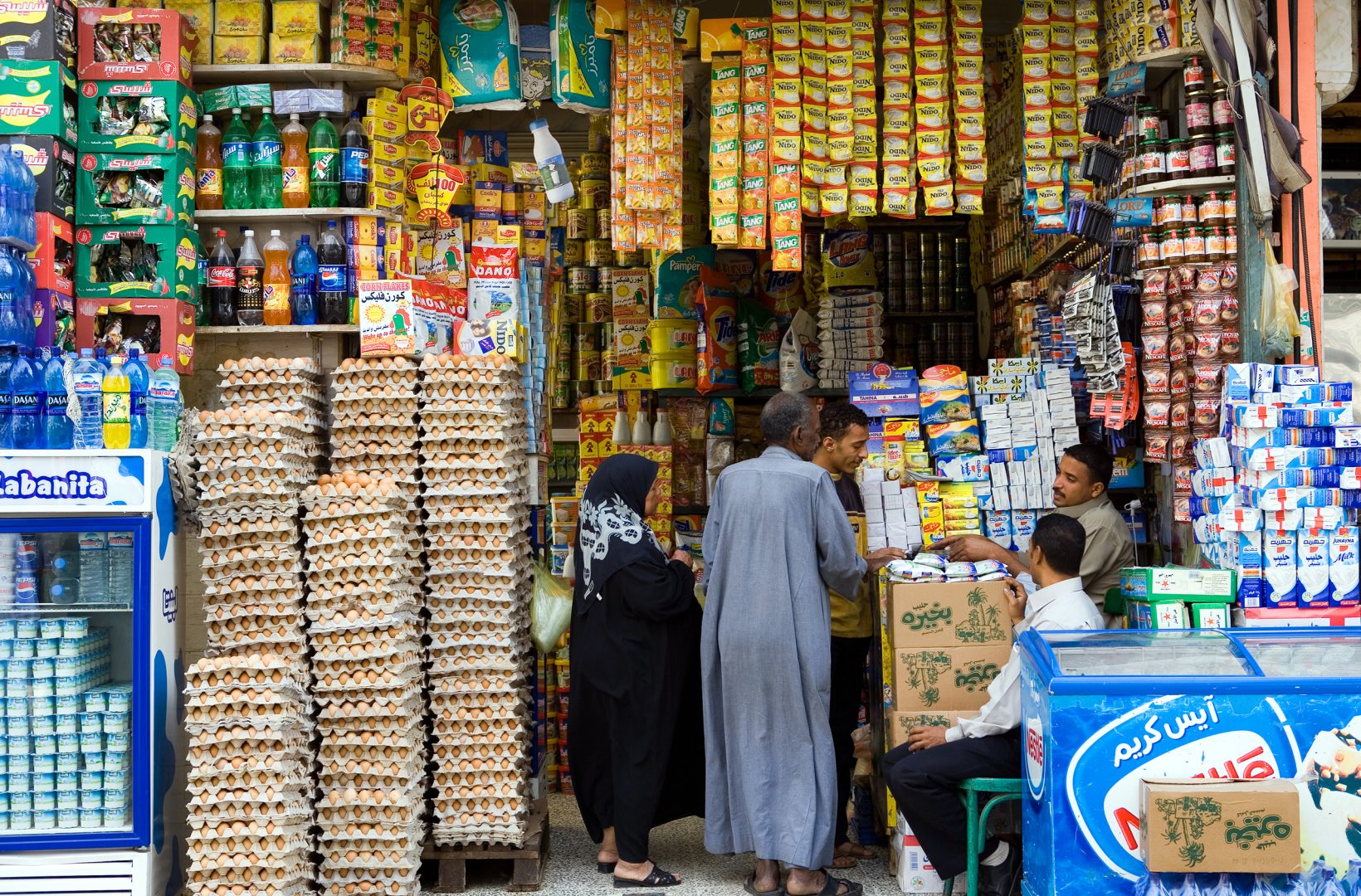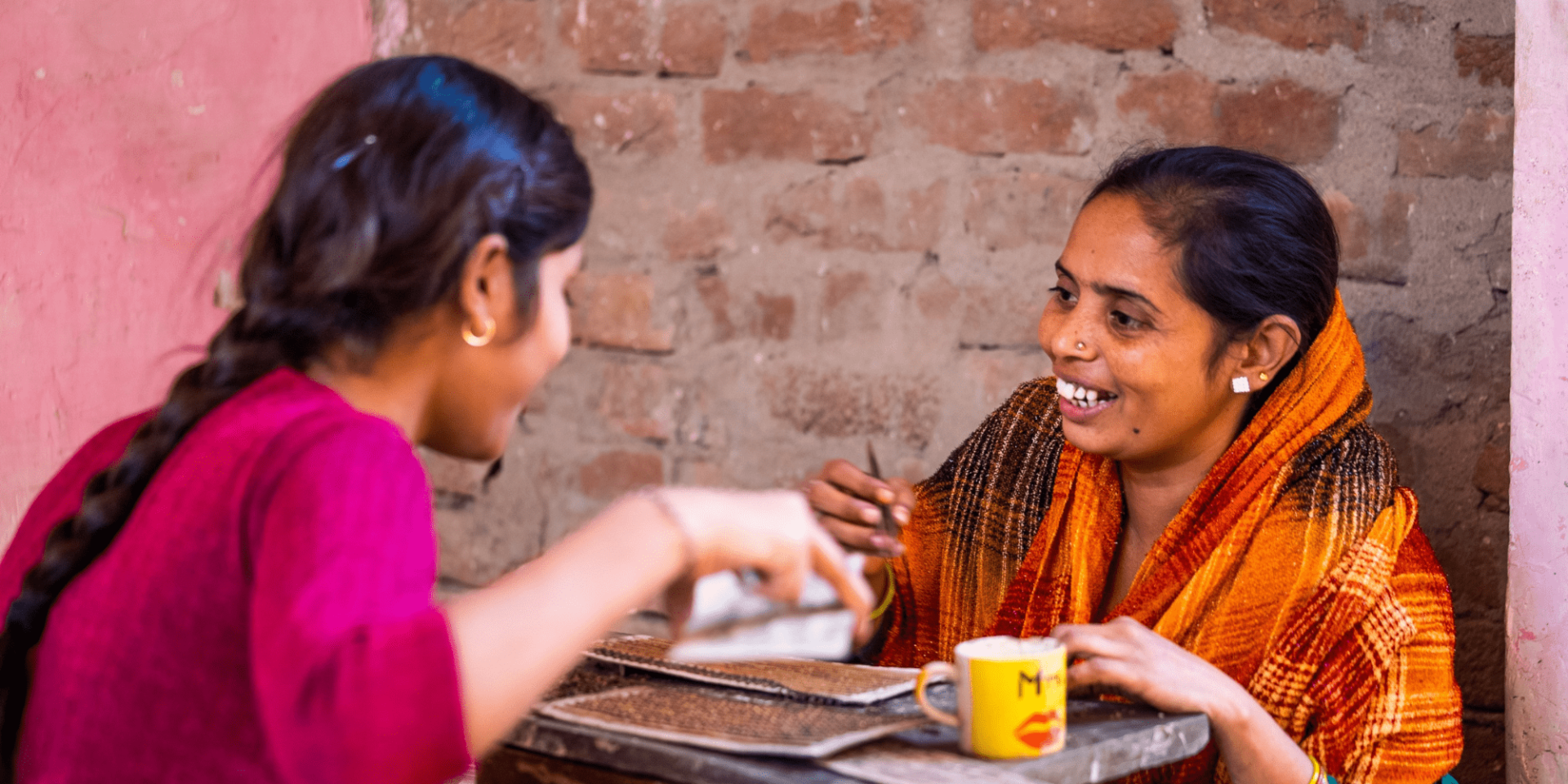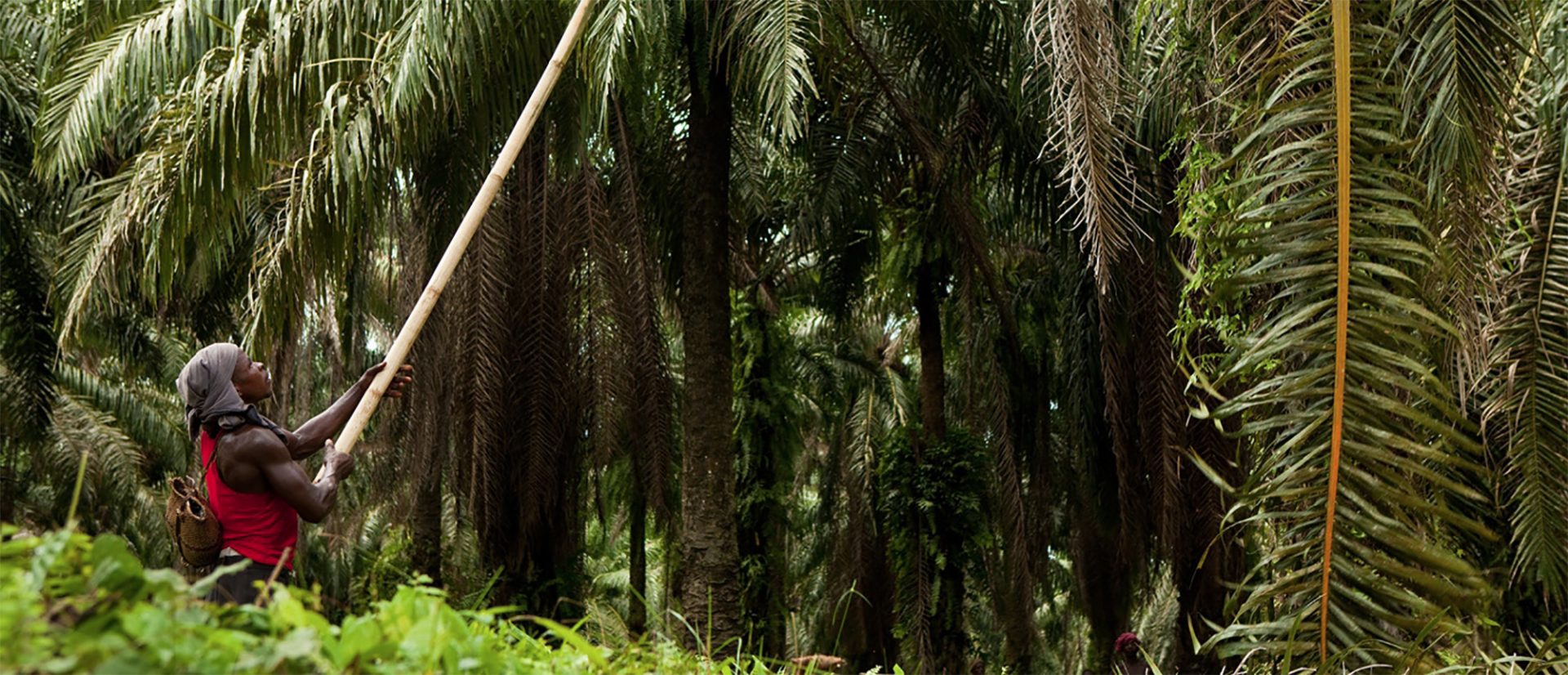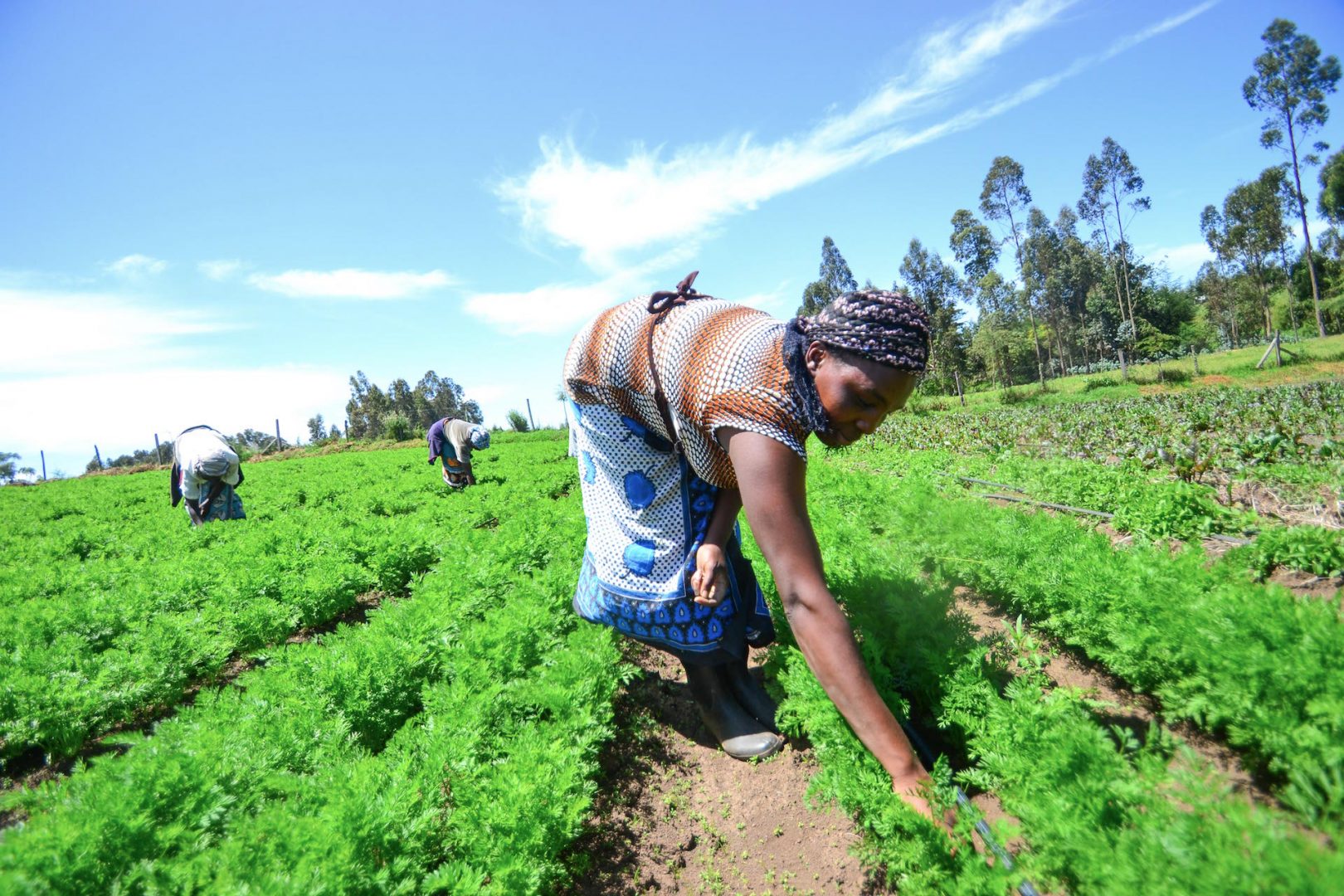British International Investment has recently introduced a new Impact Score as a tool to manage the strategic impact of its portfolio. The tool uses the $5.50 poverty line in the part of the score which considers inclusion – which has raised questions about the implication for poverty reduction. This blog gives some background to the decision.
The $5.50 poverty line is used at British International Investment to compute the inclusion score of investments where the primary impact will be felt directly by workers or customers. The score is based on the expected percentage of these groups that (initially) consume less than $5.50 per day (adjusted for purchasing power parity). See section 3.3 of this document.
Daily individual consumption of $5.50 is one of the higher poverty lines used by the World Bank and other international organizations. Lower international poverty lines are $3.20 and $1.90 (which is referred to as extreme poverty) – although nobody should think that someone living on less than $5.50 per day is not poor; a poverty line of $13 is often associated with a permanent escape from poverty.
For the purpose of scoring, there’s an advantage to a single benchmark that can be used across all investments, in low- and middle-income countries, to generate a range of inclusion scores from 0 to 4. The score is chosen according to the expected percentage of a business’ workers or customers that live below $5.50 (points are also awarded for other aspects of inclusion). A test of the system on BII’s existing and pipeline investments found that using $5.50 generated a good distribution of scores from 0 to 4 for different investments within and across countries. That helps prioritise investments across different countries – if the distribution of inclusion scores was bunched, so most investments received the same score, it wouldn’t be possible to rank those investments from more to less inclusive.
Why did the testing find that a $5.50 benchmark generated this more evenly-spread distribution of scores? Most people who live in extreme poverty live in rural areas or work in the precarious urban informal economy. Although DFIs sometimes find opportunities to invest in businesses that directly reach these groups, they mainly invest in higher productivity formal sector businesses, which are (part of) what countries need to grow out of poverty. These businesses typically employ workers with some experience in labour markets and serve customers with some disposable income, so $5.50 is a more relevant benchmark in the formal sector (as the testing found).
The country with the lowest wages Africa, for which the ILO has data, is Ethiopia (go here, look for wages and working time statistics). The data is old – in some cases from 2013 (hopefully contemporary wages are higher) – but in PPP terms, average monthly wages for occupations often found in formal sector firms (clerical support, technicians, machine operators, craft and related) imply average daily incomes of around $6 to $8 PPP (estimated by dividing the monthly wage by 30) in Ethiopia. In Bangladesh those occupations are up to $10-$20; Côte d’Ivoire is more like $15-$25. Daily income is not the same as daily consumption (especially if you have dependents) but this data illustrates why the percentage of workers below $5.50 is an appropriate test for ranking investments in formal sector firms according to how far they directly reach poorer people.
The $5.50 line is used when the score is based on the direct impact of an investment on workers or customers. Many of BII’s investments, such as infrastructure and financial sector investments, have more broad-based and indirect impacts (the evidence clearly shows that higher levels of private investment are associated with more rapid reduction in extreme poverty, but benefits of economic growth will be felt across the income distribution). For investments where the impact is indirect, a country score that is based on the national poverty gap at $5.50 is used – i.e. how far beneath $5.50 people are, as opposed to the $5.50 headcount. Countries with more extreme $1.90 poverty therefore receive higher scores. These country-based scores are less ‘generous’ than when more is known about the beneficiaries, because there’s no assumption the distributional impact of such investments will be shared equally across the national income distribution.
BII’s Impact Score is for managing impact at the portfolio level. It is deliberately simple and only uses a subset of the information used to make individual investment decisions. By contrast, the primary tool for taking individual investment decisions is the ‘Impact Framework’, summarised in an ‘Impact Dashboard’, which is where more detailed information about the income levels of workers and customers are considered. This is explained in the first section of this document. Investments that reach people living beneath lower poverty lines will be recognised here and, all else equal, regarded as higher impact and higher priority.
These questions connect to the question of what DFIs are for. ODA (foreign aid) can be allocated through many instruments, each of which is best suited to different tasks. DFIs are not designed to deliver immediate benefits targeted at people living in extreme poverty. Grant financed aid programs, such as cash transfers or community health clinics, are better suited to that. As I have argued elsewhere, development spending can intervene to eradicate poverty in two ways: by helping individuals given the economic environment they find themselves in, and by trying to change that economic environment. The role of DFIs is to help transform economies by growing the more productive formal sector, so that low-income countries become upper-middle- and high-income countries, free of poverty.



